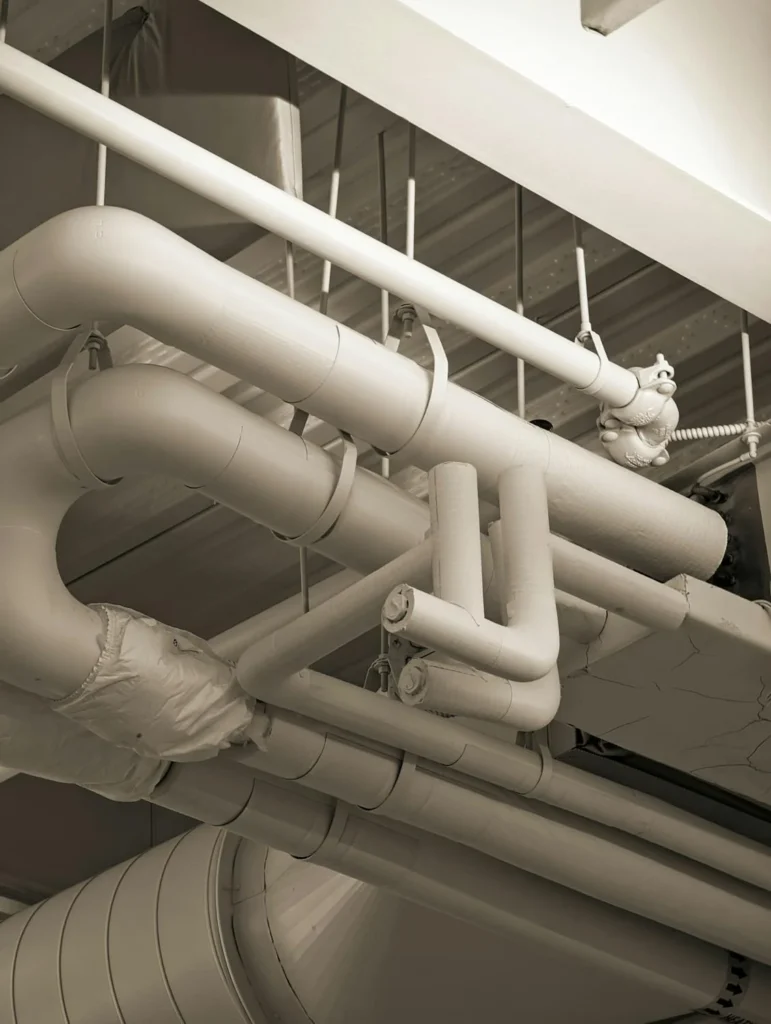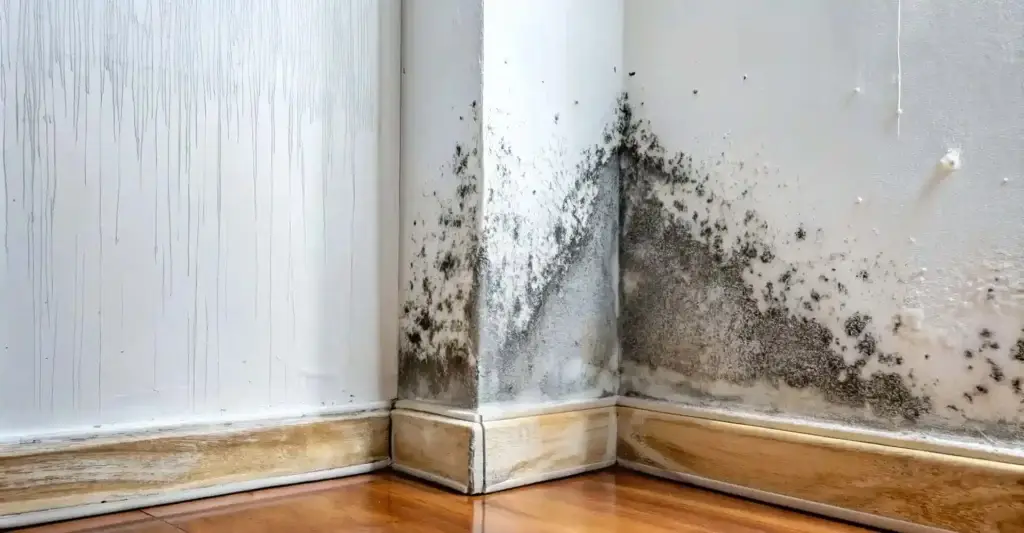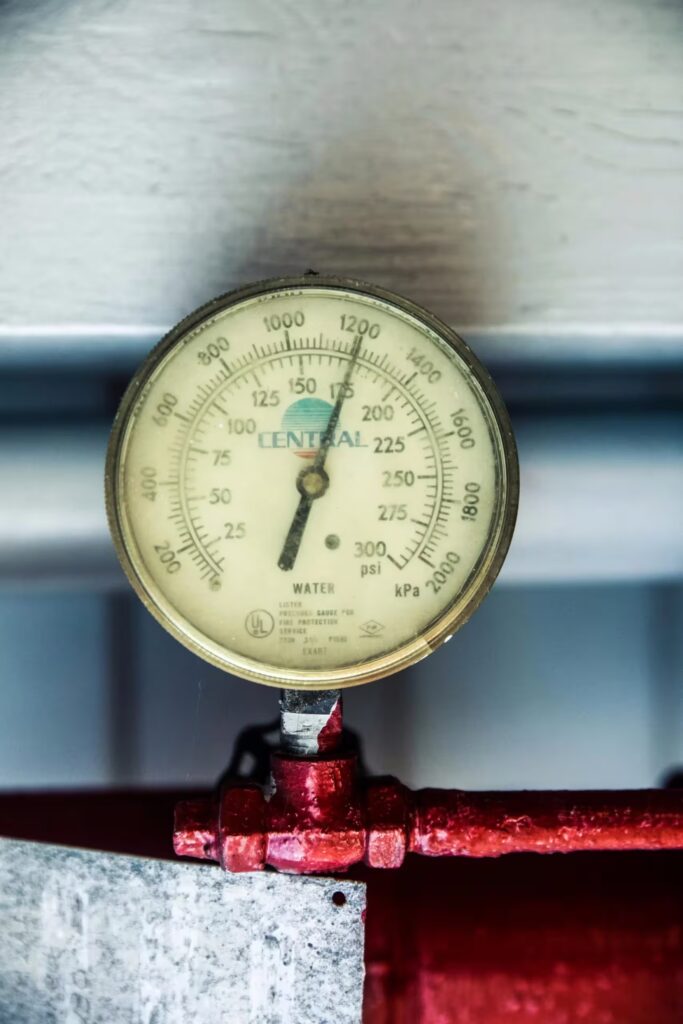A fire can be one of the most devastating events a property owner will ever face. Whether it’s a small kitchen fire or a large-scale structural blaze, the aftermath is often overwhelming. The fire itself is only the beginning. The resulting smoke, soot, and water damage can make the restoration process even more complex.
Fire damage restoration is the process of returning a fire-affected property to its pre-loss condition. This includes cleaning smoke and soot residues, removing odours, repairing structural damage, and mitigating secondary damage such as mould growth. But how much does fire damage restoration cost in the UK? And what factors influence these costs? Let’s break it down in this blog article.
In this blog, we’ll look at:
- Fire statistics
- Explore the fire damage restoration process
- Look at typical fire damage restoration costs
- What the role of insurance is during the process
Some statistics about fire damage in the UK
- Over 28,000 dwelling fires were reported in England alone in 2023 (Home Office statistics).
- 40% of fire-related deaths occur in homes without working smoke alarms.
- Fire damage restoration costs can range from £1,500 for minor incidents to over £50,000 for severe cases.
- The average house fire restoration claim in the UK is between £10,000 and £20,000.
Understanding these statistics highlights the importance of both fire prevention and having a plan in place for fire damage restoration.
What is fire damage restoration?
Fire damage restoration is a specialised service that involves assessing the damage, cleaning up soot and smoke residues, removing odours, and restoring a property to a habitable state. This process requires professional expertise, as fire residues can be toxic and improper cleaning methods can cause further damage.
The key stages of fire damage restoration
Initial assessment & safety inspection
- Restoration professionals assess the extent of the damage, checking for structural instability, electrical hazards, and other safety concerns.
- An insurance adjuster or loss adjuster may also be involved to determine coverage.
Securing the property
- Boarding up windows, doors, and any structural openings to prevent further damage or unauthorised access.
- Temporary roof coverings may be installed if fire damage has compromised the structure.
Smoke & soot removal
- Soot and smoke particles are highly corrosive and must be removed using specialist techniques such as HEPA vacuuming and dry sponging.
- Chloride and pH testing help determine the best cleaning approach for different surfaces.
Odour neutralisation
- Fire-damaged properties often retain a persistent smoky smell. Techniques such as ozone treatment, thermal fogging, and hydroxyl generators are used to neutralise odours.
Water & moisture removal
- Firefighting efforts often leave behind substantial water damage. Water extraction and drying are crucial to prevent mould growth.
- Industrial-grade dehumidifiers and air movers are used to thoroughly dry affected areas.
Structural repairs & rebuilding
- If the fire has caused structural damage, rebuilding work may be required. This can include replacing damaged walls, ceilings, flooring, and even entire sections of a building.
Final cleaning & sanitisation
- After all major repairs, the property undergoes a final deep clean and sanitisation to ensure it is safe to inhabit.
How much does fire damage restoration cost in the UK?
The cost of fire damage restoration varies widely depending on factors such as:
- Extent of the damage (smoke-only vs. severe structural damage)
- Size of the property
- Materials affected (wood, metal, drywall, etc.)
- Water damage from firefighting efforts
- Labour and specialist equipment required
Estimated fire damage restoration costs
- Minor Smoke & Soot Cleaning: £1,500 – £3,500
- Moderate Fire Damage: £5,000 – £15,000
- Extensive Fire & Structural Damage: £20,000 – £50,000+
The role of insurance in fire damage restoration
Most home insurance policies in the UK cover fire damage, but it is crucial to understand your specific policy.
The role of a loss adjuster
- If your claim is substantial, your insurance company will appoint a loss adjuster to assess the claim and determine the value.
- They will inspect the property, assess the extent of damage, and ensure the claim aligns with your policy.
- Tip: Do not dispose of any damaged items until they have been assessed by the loss adjuster.
Hiring a loss assessor
- Loss assessors work on your behalf, ensuring you get a fair settlement.
- They handle paperwork, negotiate with insurers, and ensure all aspects of damage are accounted for.
Choosing the right fire damage restoration provider
When selecting a fire damage restoration provider, consider the following:
- 24/7 emergency response: Fire damage requires immediate attention to prevent secondary damage.
- Experience & accreditation: Look for BDMA (British Damage Management Association) accreditation to ensure high standards.
- Specialist equipment: Restoration providers should use HEPA filters, ozone treatments, and thermal fogging to remove smoke particles effectively.
- Customer reviews & case studies: Research previous customer experiences to gauge service quality.
- Insurance liaison: Some restoration providers handle insurance claims directly, reducing stress for homeowners.
Finally…
Fire damage restoration is a complex and urgent process that requires professional expertise. In the UK, costs can vary significantly depending on the extent of the damage, but early intervention and professional assistance can minimise both financial and emotional stress.
Why quick fire damage restoration is essential:
- Health hazards: Soot and smoke residues contain harmful chemicals that can cause respiratory problems.
- Structural integrity: Fire weakens building materials, increasing the risk of collapse.
- Secondary damage: Water from firefighting efforts can lead to mould and mildew within 24-48 hours.
If you need fire damage restoration services, act fast. Contact one of the team at Ideal Response today to assess the damage and restore your property to a safe and habitable state.





















